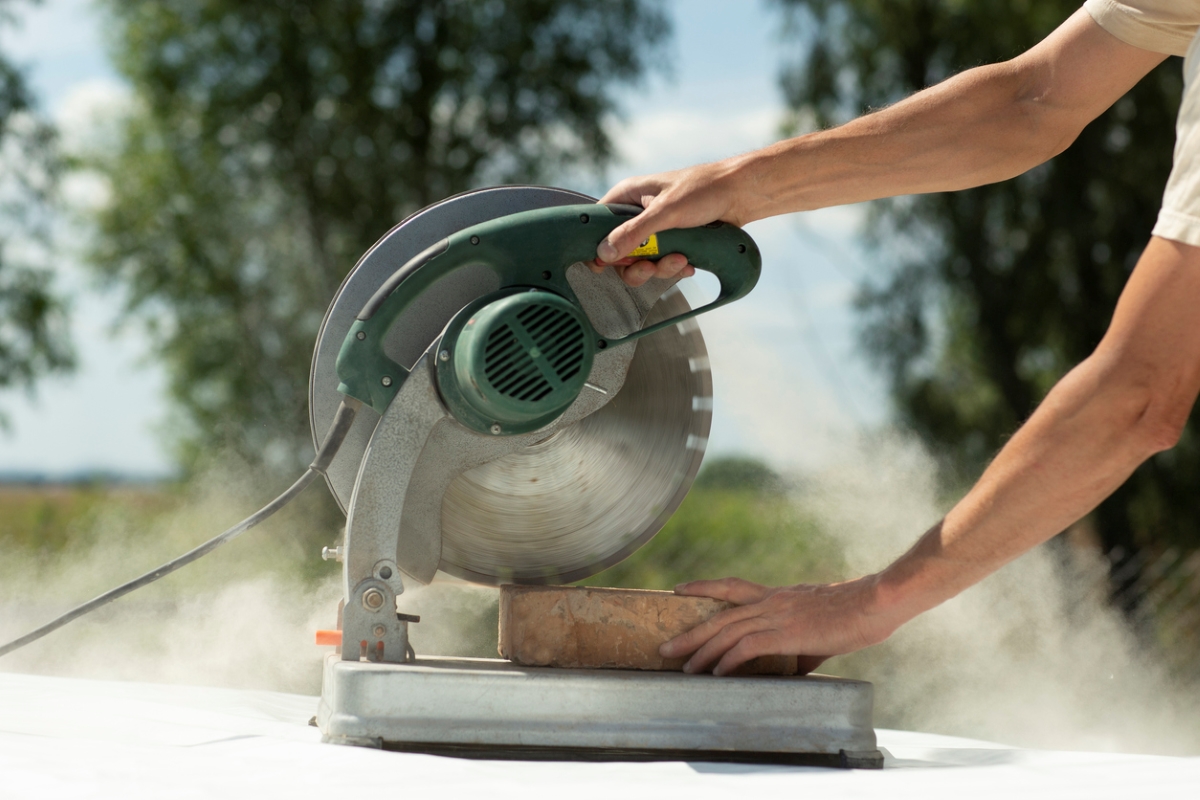We may earn revenue from the products available on this page and participate in affiliate programs. Learn More ›
Power tools are, well, powerful. They have electric-, air-, or gas-powered motors that spin, slice, shoot, cut, smash, and gouge materials that are often far more resilient than our bodies are. And while these machines are fast and incredibly convenient, we shouldn’t turn a blind eye to how easily they can cause injury. Safety should always be the number-one priority when using power tools of any kind.
The following are some of the most dangerous power tools that DIYers and pros use. Learn how injuries are most likely to happen while using them, as well as our best tips for staying safe.
1. Chainsaw
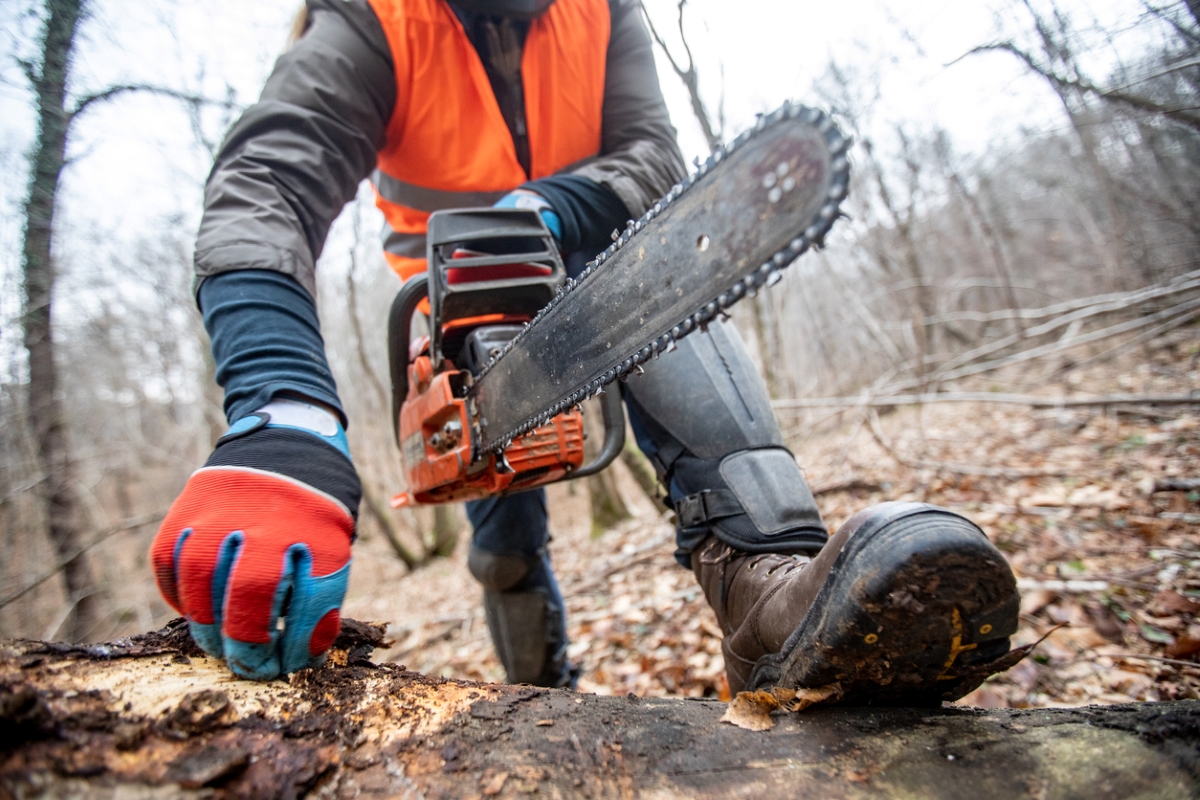
The most common cause of chainsaw injuries is kickback, a violent upward jerk of the saw that occurs when the tip of the guide bar makes contact with an object. The violent motion of kickback sends the bar, and the saw’s razor-sharp chain, flying back toward the operator. This motion can potentially slice through skin in a split second. Before using a chainsaw, read the owner’s manual cover to cover. Get proper training to use the tool, too, and be sure you’re up to speed on the safest ways to fell a tree.
RELATED: How to Tighten a Chainsaw Chain
2. Hedge Trimmer
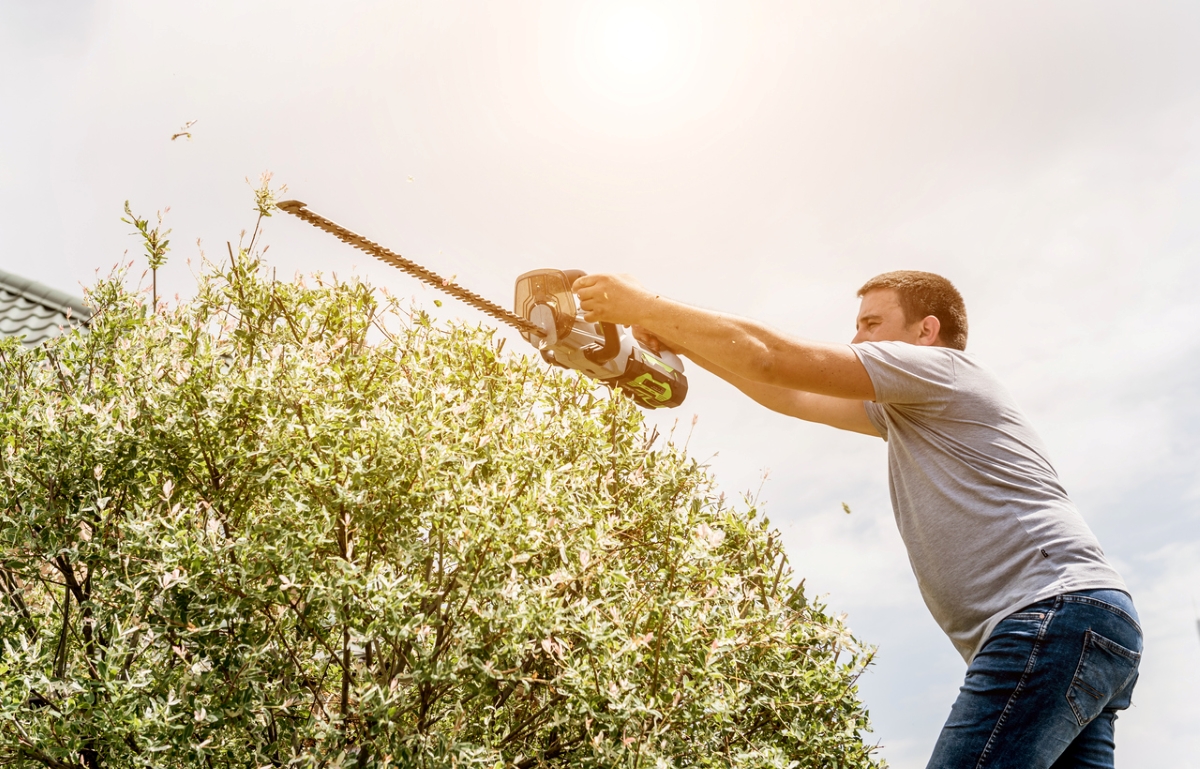
Because most hedge trimmers are corded, injuries often involve electric shock or electrocution, either of which may occur if the user inadvertently cuts through the extension cord. To prevent this mishap, always keep the cord safely out of the way of the blade and your feet. Don’t use a hedge trimmer during rainy weather, or when the ground is wet and slippery. Wear shoes with nonslip soles, keep your body balanced at all times when operating the machine, and don’t overreach.
3. Circular Saw
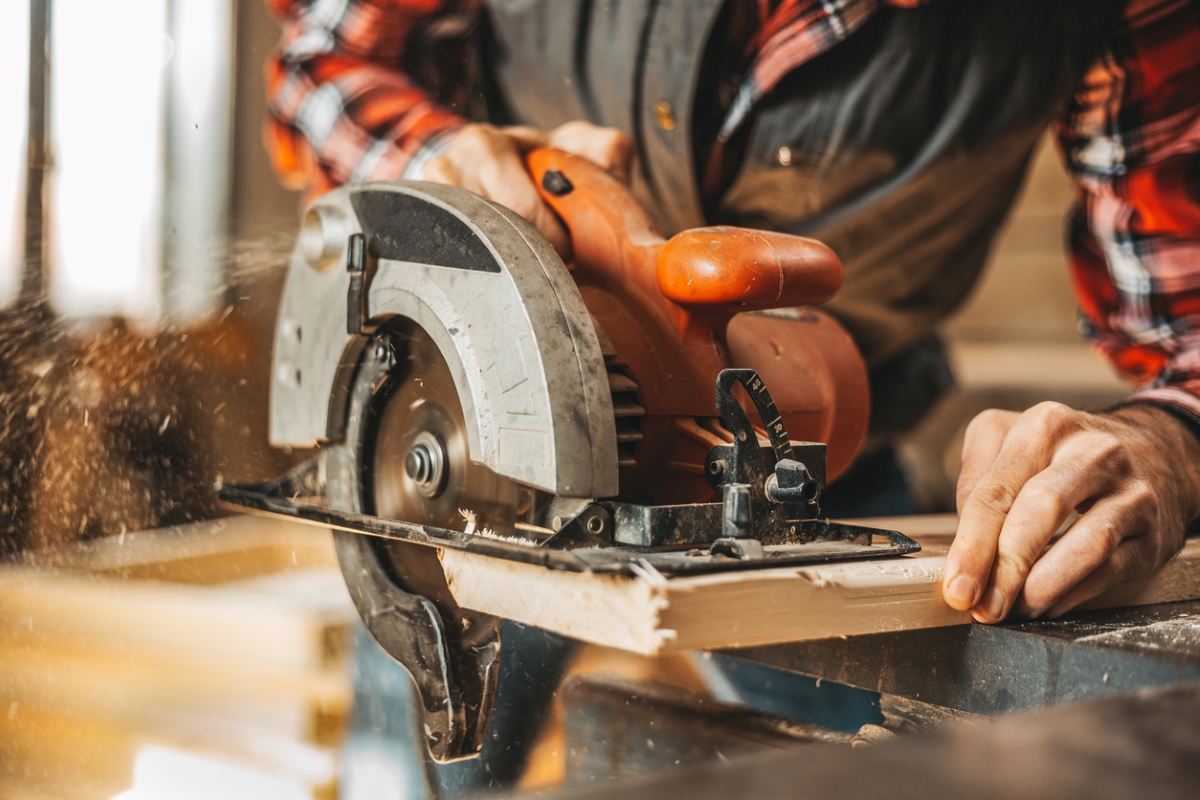
Circular saws are popular power tools for home projects and, like chainsaws, are subject to kickback. Kickback often happens when the moving blade gets pinched in the lumber, causing the saw (or the wood) to jerk back toward the user’s body. Avoid kickback by cutting straight lines and allowing cut-off ends of boards to fall during the cutting process. Restricting the end of a board can cause the blade to get pinched as the wood bends downward with nowhere else to go.
RELATED: The Best Compact Circular Saws, Tested
4. Pneumatic Nail Gun
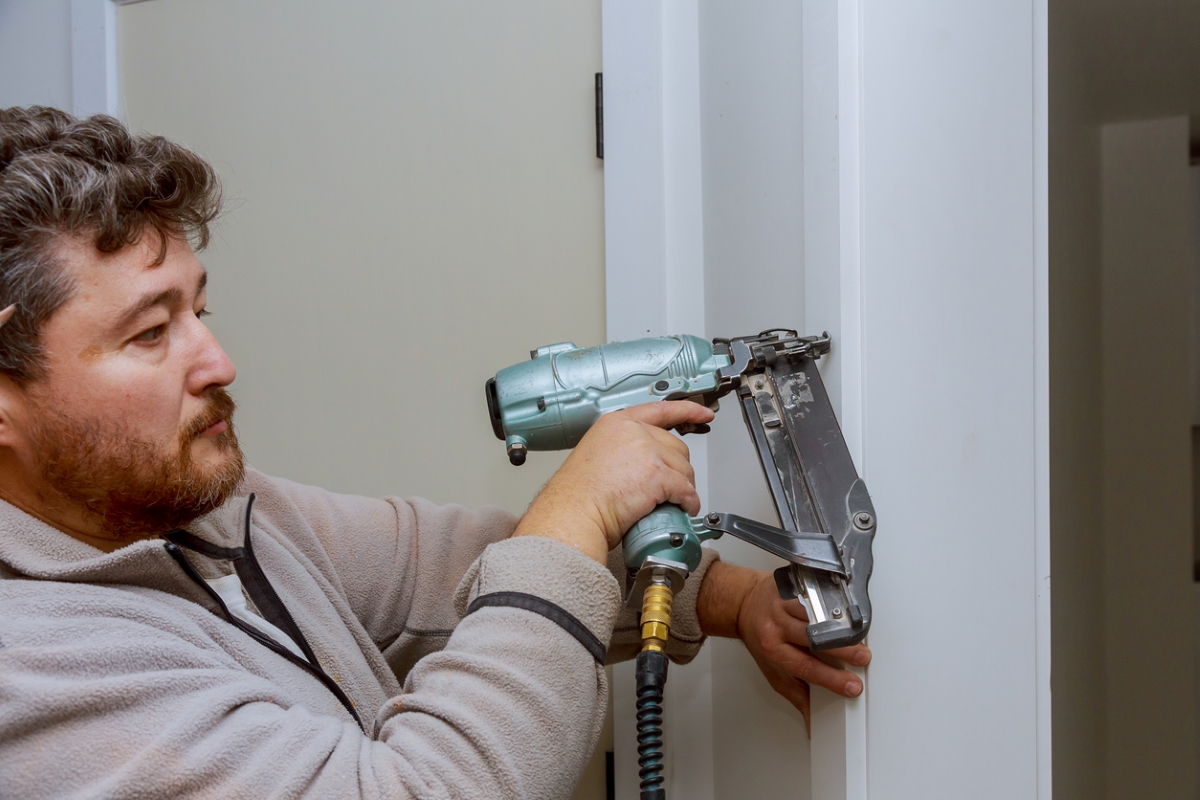
Although pneumatic tools like air-powered nail guns come with safety mechanisms, improper use can cause a fastener to be fired at high speed in the wrong direction. As you might imagine, this error can potentially injure the operator or a bystander. High-velocity fasteners may also hit knots in wood and come hurtling back toward the user. Always read the owner’s manual and practice proper safety techniques when using a nail gun.
5. Cordless Drill
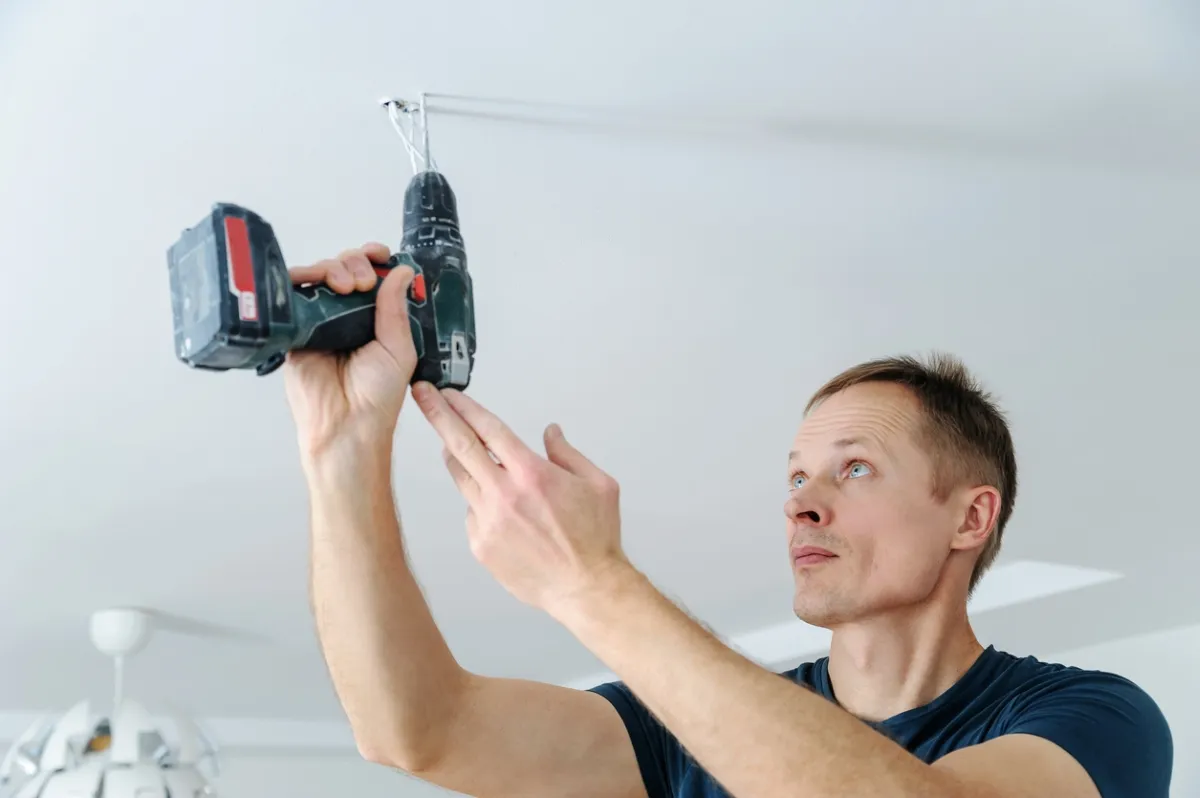
Always hold a cordless drill perpendicular to the work surface to prevent the bit from catching in the wood and twisting the drill violently. Working from a ladder increases the likelihood of the twisting, because the precarious position often causes users to drill to one side. A twisted drill could lead to broken fingers or a fall from the ladder. Always practice proper technique when drilling from a ladder, and recruit a friend to keep watch.
RELATED: 9 Handy Uses for Your Cordless Drill/Driver
6. Table Saw
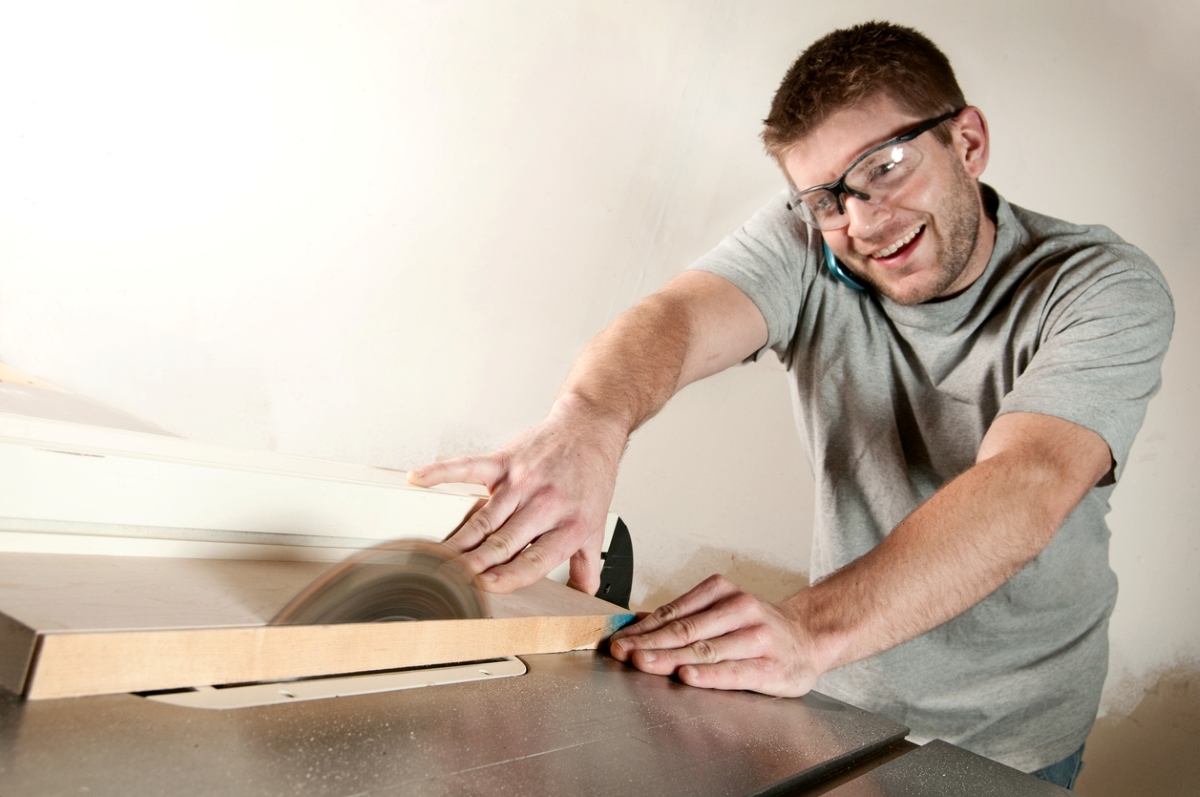
Avoid maiming fingers while using a table saw by ensuring that the “fence,” a guide for ripping wood, is parallel to the blade. This will keep the wood from pinching the blade and causing kickback, which can pull the wood—and your hands—into the moving saw. Do not, however, use a fence while simultaneously cross-cutting material with the miter gauge.
7. Powder-Actuated Nail Gun
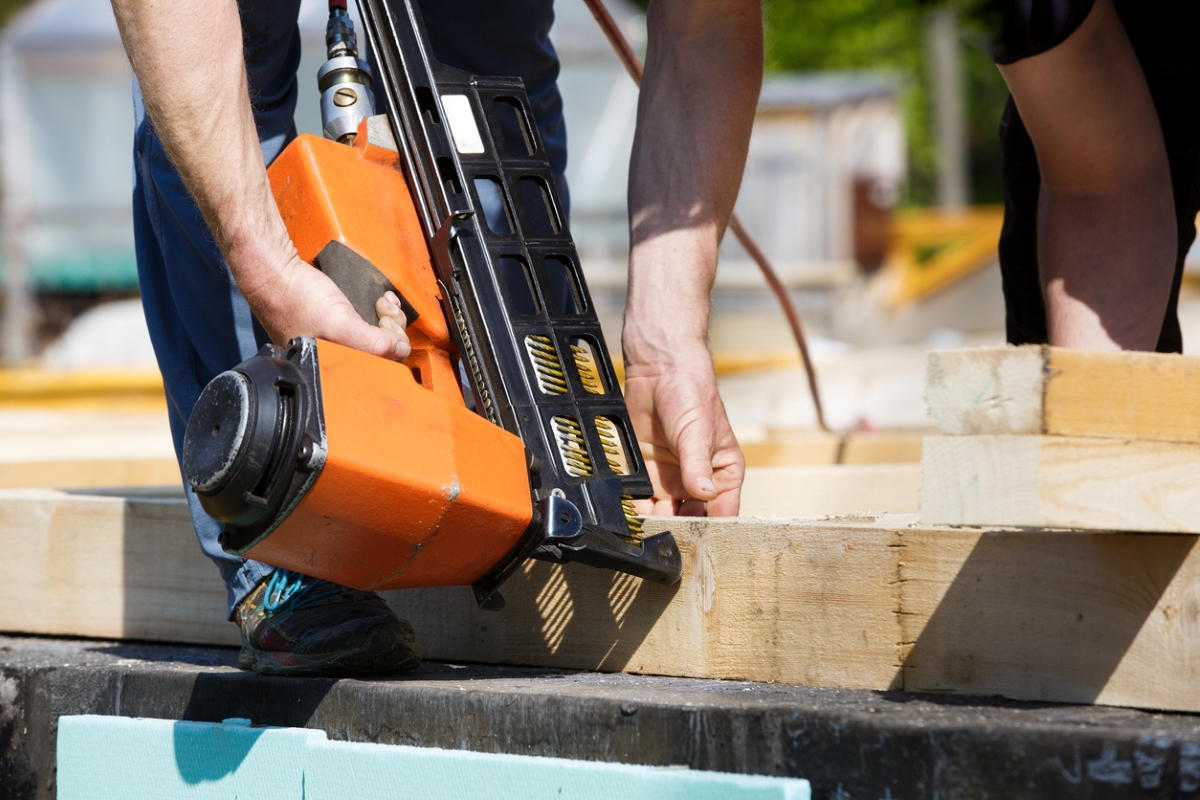
Powder-actuated tools employ 0.22-caliber charges, so they’re very effective at firing nails through wood plates into concrete or metal. If the tool’s trajectory is slightly off, however, the fastener can ricochet and strike the user or a bystander. Manufacturers of these tools, such as Ramset, offer free training—take advantage of it.
RELATED: The 10 Loudest Power Tools in Your Workshop
8. Miter Saws
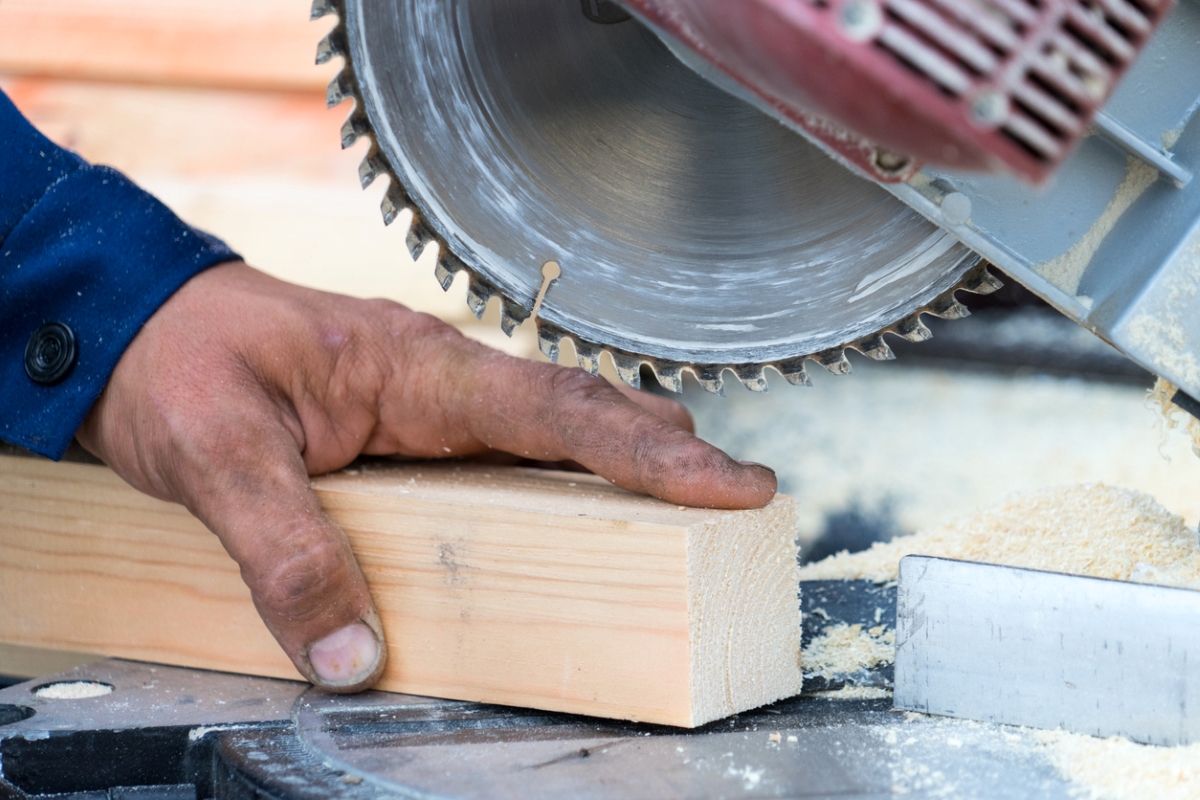
Operating a miter saw involves placing wood on the saw base, then pulling the spinning blade downward to cut it. If the blade binds, the spinning saw kicks upward toward the user, putting fingers, hands, and forearms in the path of the blade. Minimize the risk of kickback by starting the blade before it makes contact with the wood, and keeping the wood firmly pressed against the fence to minimize movement.
RELATED: What’s the Difference? Miter Saw vs. Table Saw
9. Wood-Turning Lathe
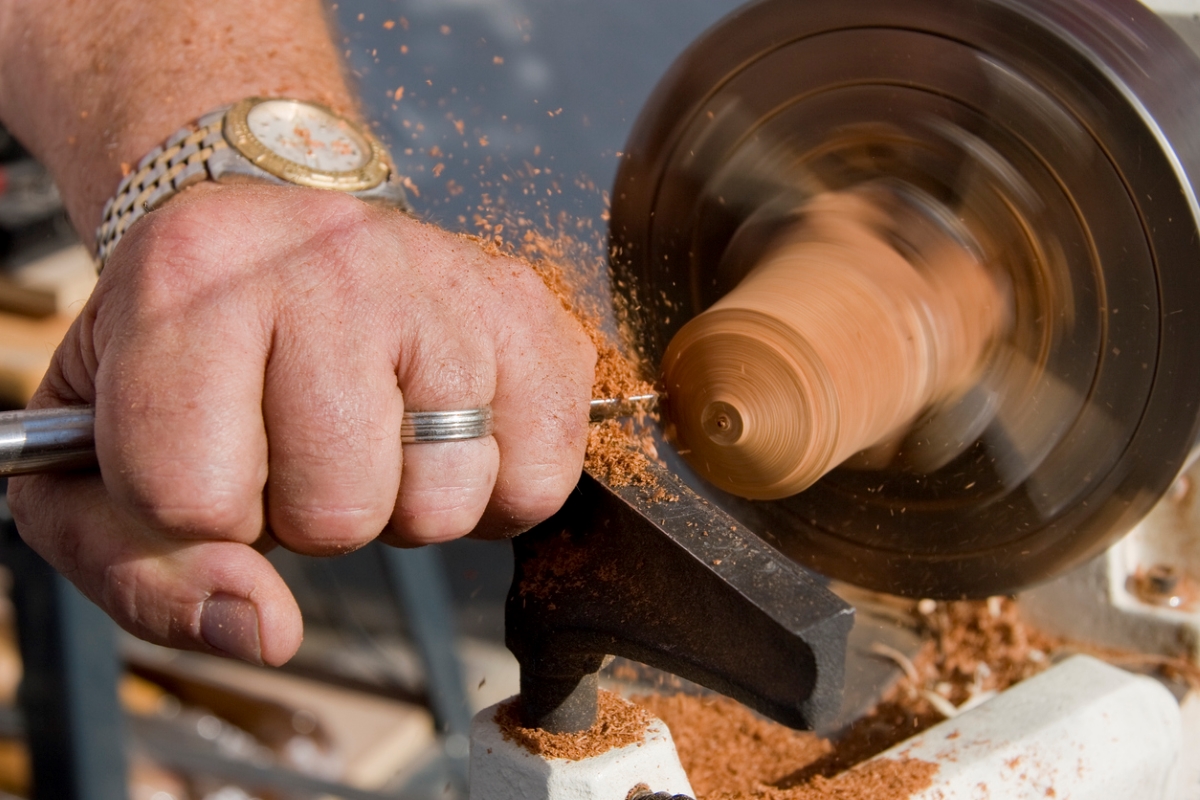
A wood lathe helps DIYers create turned wooden items, such as rounded spindles and bowls. Because the tool spins at more than 9,000 rotations per minute (RPM), it can reel in loose clothing, long hair, or dangling jewelry. Ignorance of correct lathe operation is the biggest cause of injuries and fatalities. If you ever plan on operating a wood-turning lathe, we recommend that you enroll in a class or workshop first so you can learn how to use it properly.
10. Extension Cords
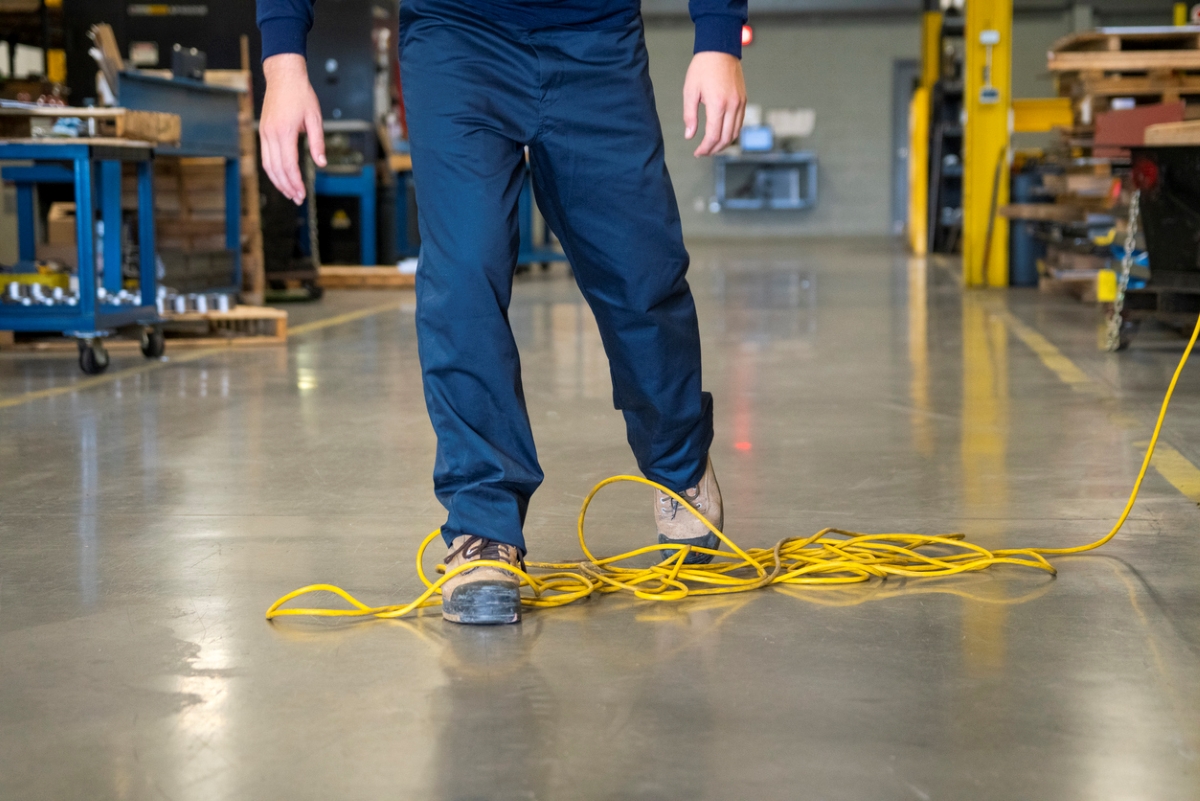
More than 3,000 house fires are attributed to the incorrect use of extension cords each year, according to the Electrical Safety Foundation International (ESFI). Furthermore, the organization says that 4,000 people visit the emergency room annually due to extension cord-related injuries. Stay safe when working with extension cords by using at least the minimum wire gauge required for your power tool, and ensuring that the cord is rated for outdoor use if you’re working outside. Also, secure the cord to the ground with duct tape to prevent injuries caused by tripping over the cord.
RELATED: How to Roll Up an Extension Cord: 4 Tangle-Free Methods
11. Lawnmower
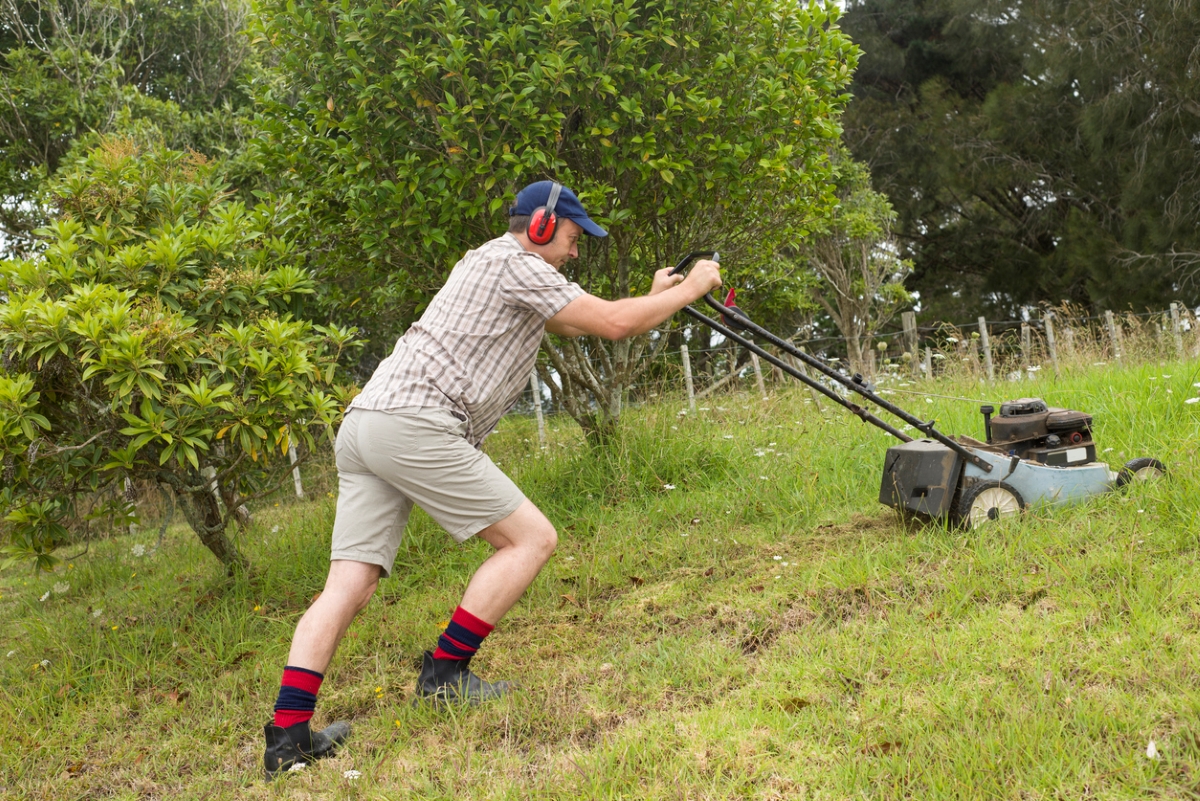
Lawnmowers, whether ride-on or push, have a lot of power and should be treated like the heavy machines that they are. Lawnmower blades spin very quickly (around 3,000 RPM) to cleanly lop the tops of grass, but they can just as easily hurt you or folks around you. The most common lawnmower injuries are due to slips and falls on inclines, or when turning the mower around without checking your surroundings. Be sure to wear proper footwear, mow across inclines, and check over your shoulder before turning around.
12. Angle Grinders
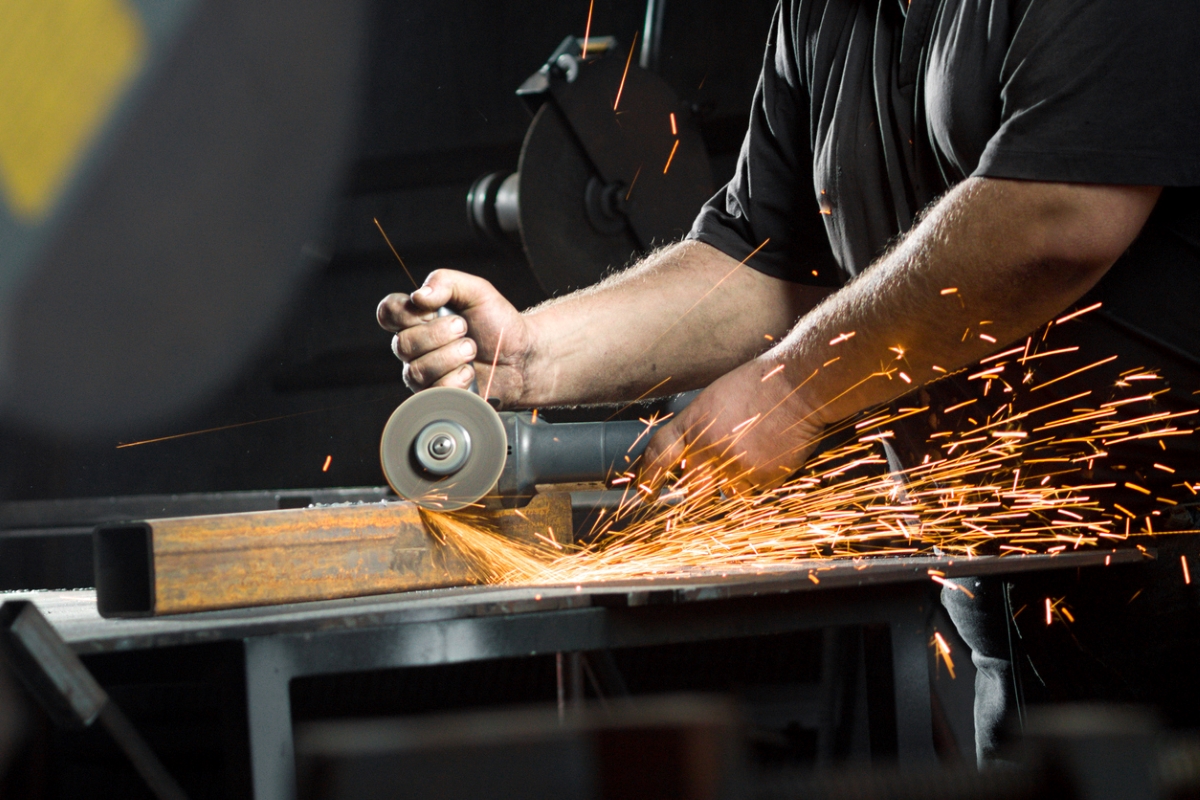
Angle grinders can be incredibly dangerous, and accidents with these tools can happen in a flash. Their wheels spin at incredibly high speeds and throw sparks, creating the potential for combustion if they hit the right fuel source. If the wheel is cracked, it can suddenly break and become dislodged, flying off the grinder at unbelievable speeds. Users need to be very careful when using an angle grinder, always keeping guards and handles in place.
RELATED: 6 Angle Grinder Uses All DIYers Should Know
Safety Tips for Using Power Tools
Power tools are incredibly convenient but have the potential to be very dangerous. Before plugging away on your next project, familiarize yourself with some of our best practices for using them safely:
- Read the tool’s user manual to become family and comfortable with all of its parts and functions.
- When using power tools, avoid wearing loose-fitting clothing and be sure to tie back long hair. Both can get wrapped up in blades and motors in an instant.
- It’s best to have a spotter with you when you’re working with power tools. If this isn’t possible, ensure that someone always knows where you are and what you’re doing.
- Keep the work area clean. Having to step over items on the ground or tripping over extension cords while working with power tools is an injury waiting to happen.
- Don’t work with power tools while under the influence of alcohol or drugs. Distraction and slow reflexes can lead to accidents.
- Leave any blade guards and safety mechanisms on tools in place, and learn to work with them rather than around them.
- Always clamp workpieces in place rather than holding the workpiece with one hand and operating the tool with the other.
- Always use the appropriate personal protective equipment, including eyewear, ear protection, a mask, and work gloves.
- Proper footwear provides a stable base for working and can prevent slips and falls when working with power tools.
- Make sure power tool blades are sharp. Sharp blades require less effort to use than dull blades. Dull blades force the user to press harder, creating more potential for accidents.
- Always disconnect the tool from the power source (unplug the tool or remove the battery) when changing bits or blades.
- Do not use broken tools. DIYers tend to push their tools further than their usable life in order to avoid a purchase, but consider any broken tools unusable.
- Only use power tools for their intended purposes. Misusing one can break the tool or cause injury.

